Eclipses show up without a lot of warning in daily life, unless you’re one of those people who track space calendars. For most of us, they arrive like whispers from the sky—word spreads, someone mentions it at work, and suddenly you’re standing outside with strangers, looking up. There are different kinds, each with its rhythm and feel. Some stop people in their tracks; others go almost unnoticed. But all of them involve timing, shadows, and a bit of luck.
The Different Faces of Solar Eclipses
Let’s start with the ones that mess with daylight. Sometimes, you’re outside in full sunshine, and things start feeling strange. The light changes—it’s not dark, exactly, but it’s not normal either. It’s sort of like the world put on sunglasses. It doesn’t always mean it’s a total eclipse, but something’s happening.
Also read: Real Success Stories of UK Influencers
The Kind That Turns Day Into Night: Total Solar Eclipse
This is the one that gets people to travel hundreds of miles. If you’re in the right place at the right moment, the sky can go dark for a few minutes. It’s quiet. Even the wind seems to hold its breath.

You might hear birds go still or streetlights come on. For some, it feels eerie. For others, peaceful. Most folks don’t see many of these in their lifetime. They happen, sure, but they don’t always pass through your backyard.
The One That Only Gives You a Slice: Partial Solar Eclipse
This is more common. You look up (with proper glasses, please), and the Sun has a chunk missing. It looks like someone’s taken a small bite out of a cookie. The sky stays bright, but the Sun wears a strange shape. These don’t grab headlines as often, but they still get attention.
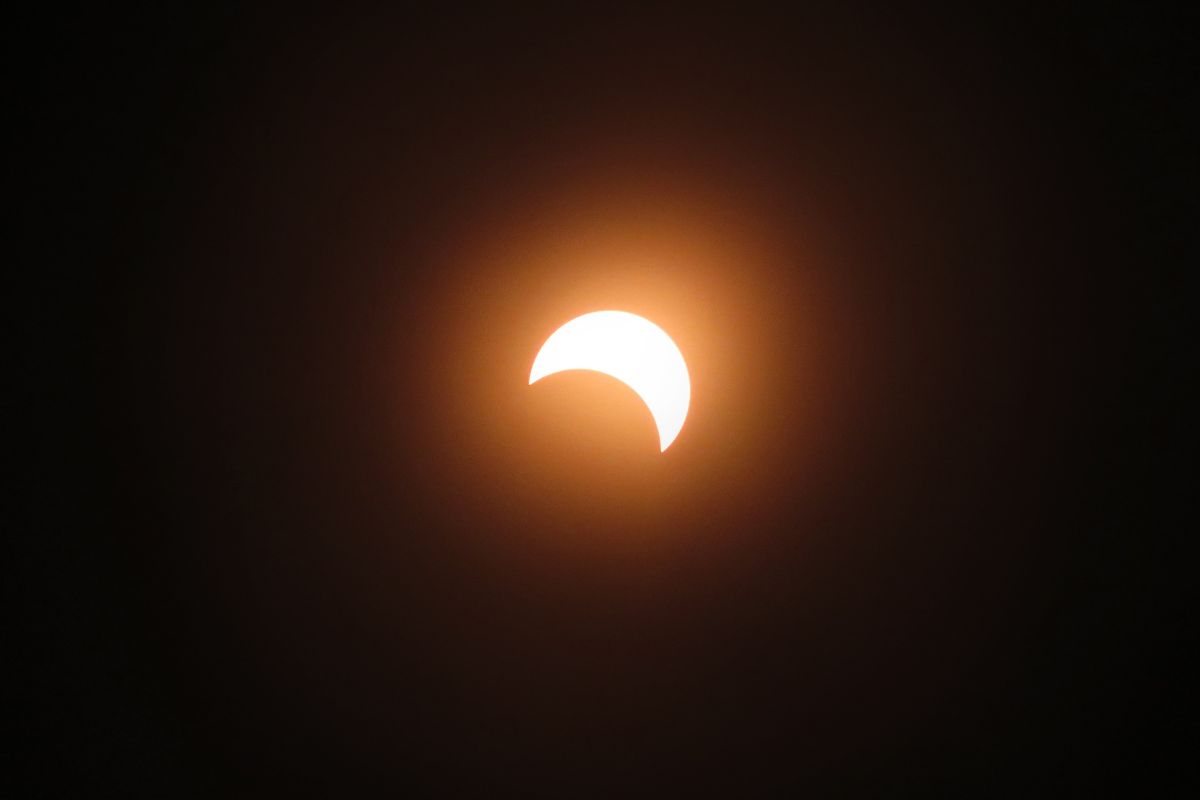
Schools sometimes let kids watch with those crinkly paper glasses. It’s a fun, safe way to see something odd happening in the sky.
The Strange Fire Ring: Annular Solar Eclipse
This one’s got a weird glow to it. The Moon crosses directly in front of the Sun, but it looks smaller than usual. So you get a ring; a thin, bright circle around a dark middle. No, it’s not some fantasy movie scene.
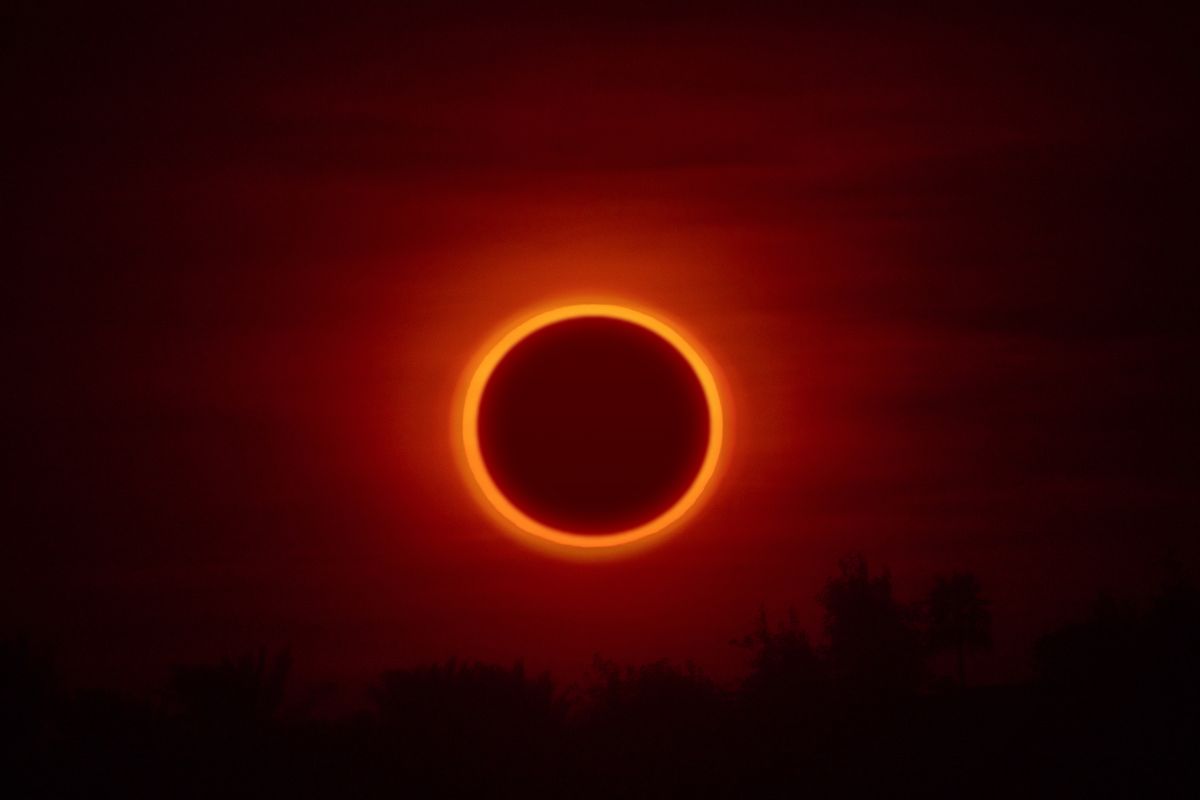
That ring is real sunlight peeking out from around the Moon’s edges. It’s not total darkness, but it’s something you don’t forget. It’s best described as a clean, sharp brightness around a round shadow.
The Eclipse That Changes Its Mind: Hybrid Solar Eclipse
This one’s rare and a little confusing. In some places, it shows up as a total eclipse, and it’s a full blackout. In others, it’s the glowing ring of an annular eclipse. It happens because of the Earth’s curve and the Moon’s distance.
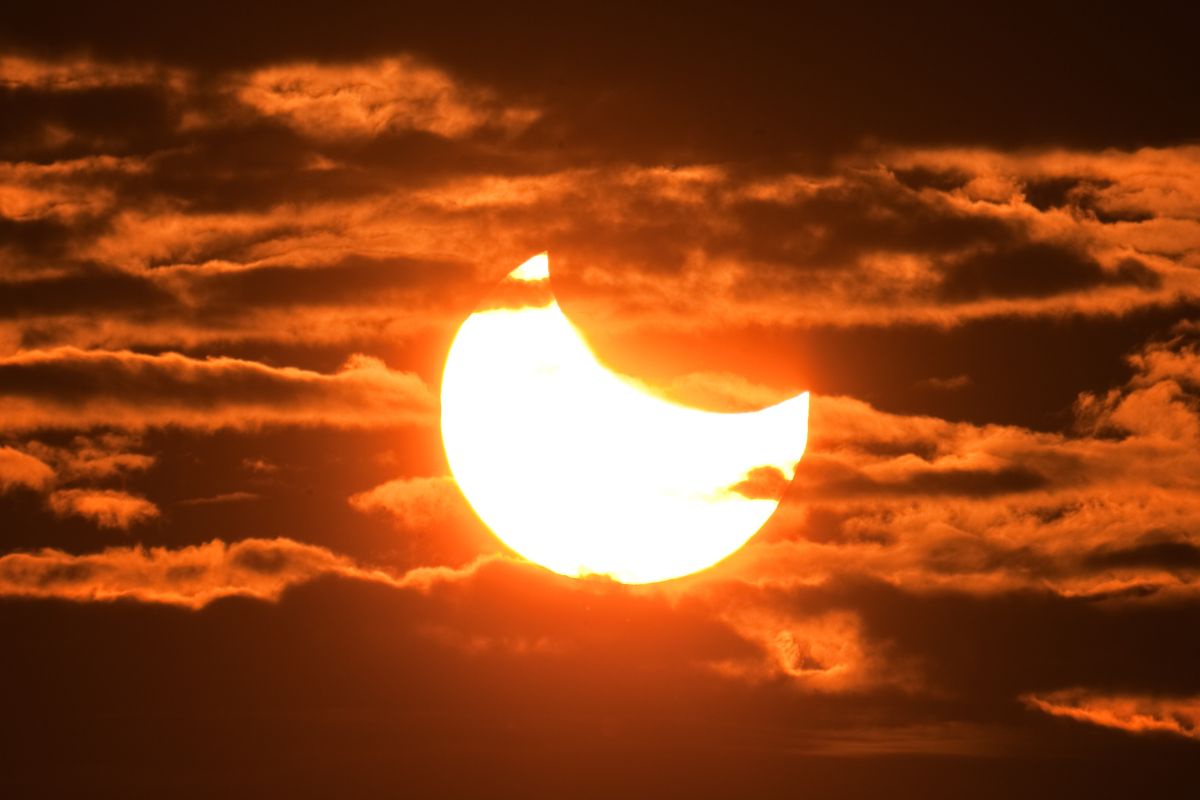
From one spot, the Moon looks big enough to block the Sun completely. From another, it doesn’t. These are the shape-shifters of the sky. If you ever get to see one, it might feel like the eclipse can’t decide what it wants to be. That’s what makes it special.
The Nighttime Kind: Lunar Eclipses
These are slower and quieter and often catch people off guard. You’re walking the dog or getting something from the car, and you stop—because the Moon looks off. Not gone, not covered, just… different. Lunar eclipses have a more relaxed pace.
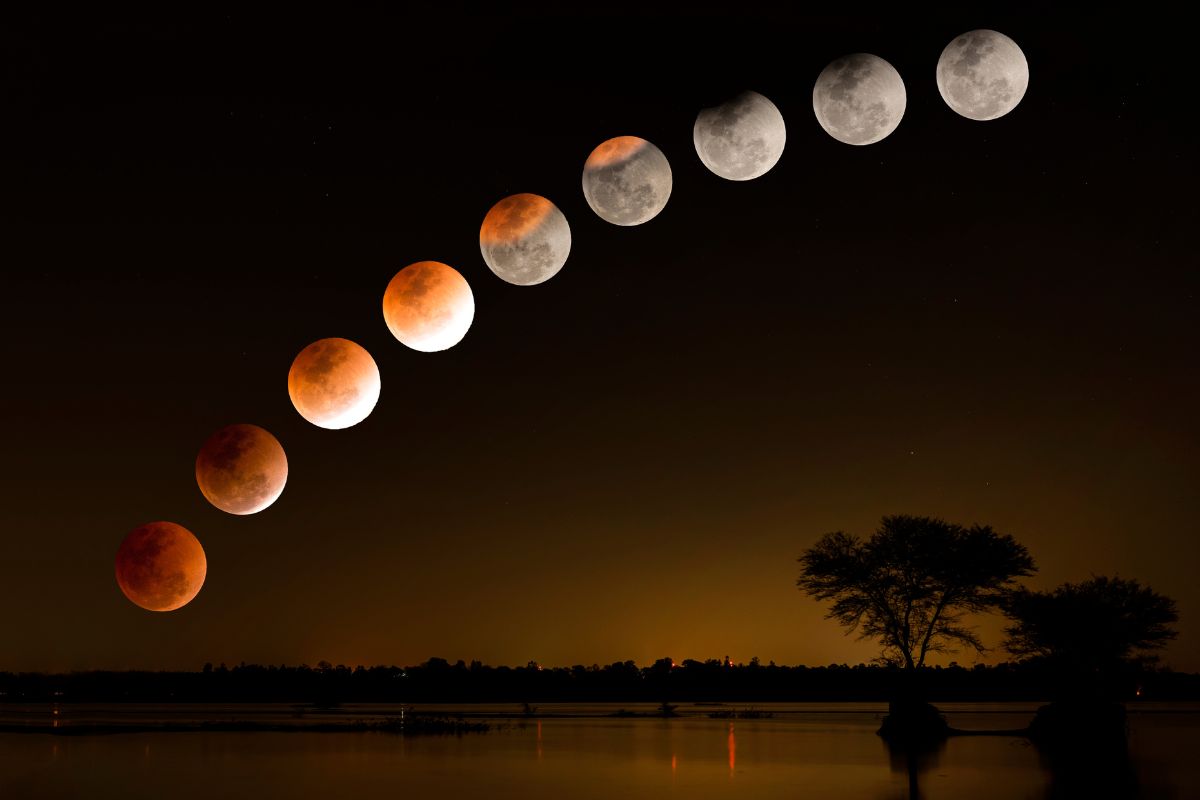
You can sit with a blanket and a drink and watch them move slowly across the night. They’re not rare, but total ones are still worth staying up for.
The One Where the Moon Turns Red: Total Lunar Eclipse
You’ll hear it called a “blood moon”, which sounds dramatic but doesn’t feel that way in real life. The Moon has slower and quieter colours, sometimes glowing deep orange or soft rust. It’s not flashy. More like a slow mood change.
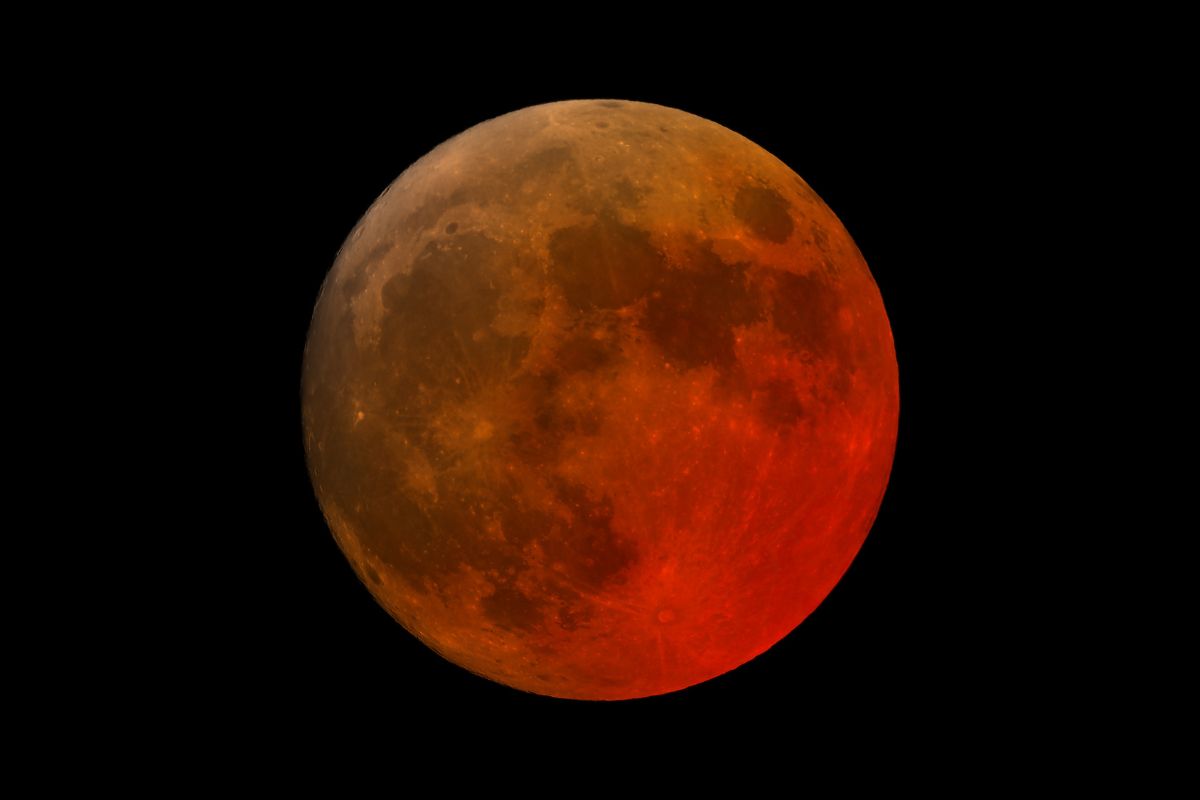
The kind of thing you want to watch quietly. Sometimes people have their own stories for it. A woman I once met in Kansas told me her daughter thought it was the Moon feeling shy and blushing. I kind of liked that.
The Kind With a Bite Out of the Moon: Partial Lunar Eclipse
A piece of the Moon goes dark, and it looks like someone’s slowly erasing it from one side. It’s more subtle than the red kind but still noticeable if you’re paying attention.

It doesn’t take over the sky. It just gently changes it. These happen more often, and they’re easy to watch without any special gear estimation. Just look up.
The One That’s Hard to Spot: Penumbral Lunar Eclipse
There’s another version that’s more of a footnote. The Moon gets a little dimmer, like someone turned the lights down slightly. If no one tells you it’s happening, you probably won’t notice.
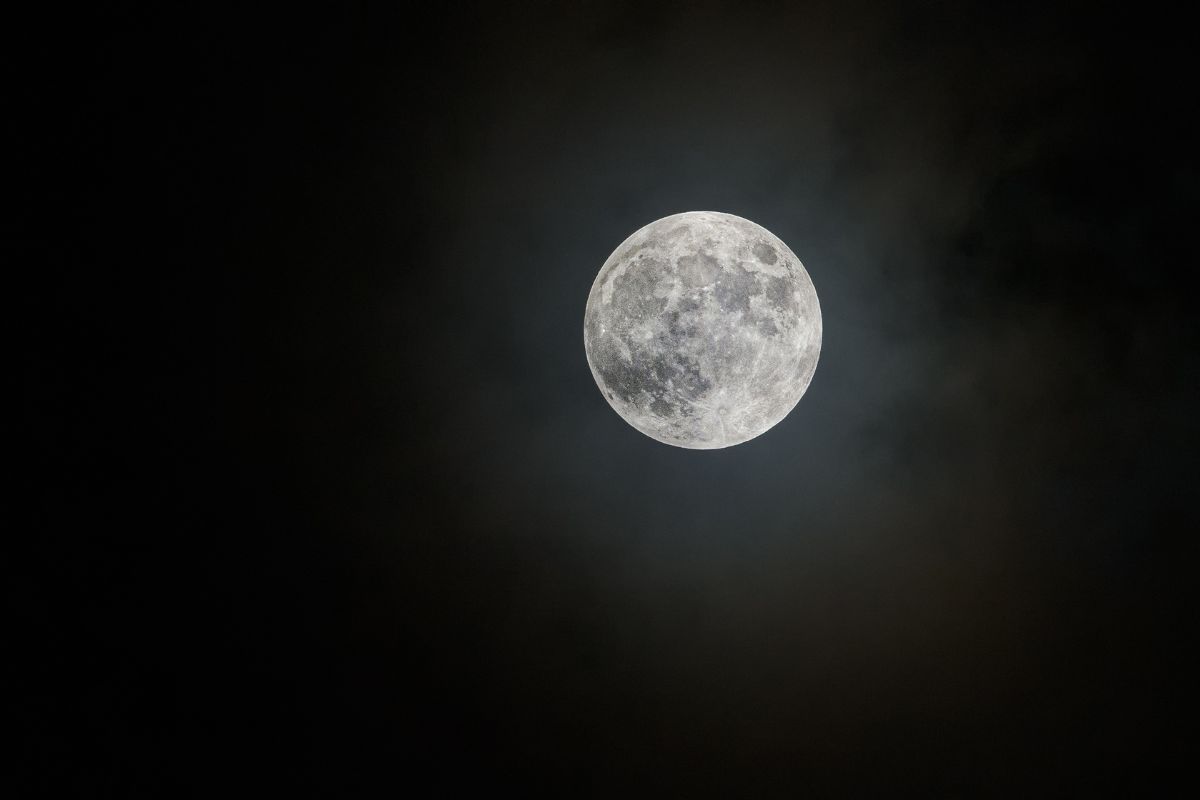
Most people shrug these off. You’ve got to be really into sky-watching to get excited about it. Still, some like catching even the quiet ones, kind of like noticing a whisper.
What Makes Each One Different?
It’s not about just “which one is which”. What changes the experience is where you are, what the weather’s doing, and whether you stop to look. You could be sitting in your kitchen while the sky outside is putting on a once-in-a-decade show. Or you could be lucky enough to step outside just as the shadow starts to fall. It’s partly science, partly timing, and partly whether you happen to care that day. Some people go their whole lives never seeing a full eclipse of any kind. Others chase them—drive across states, book flights, and plan their lives around them.
Things People Don’t Talk About
One weird thing about eclipses—people act differently. Some laugh, some cry. Some just stare. It’s like, for a few moments, nature reminds everyone they’re small. In ancient times, people thought the gods were angry or that monsters were eating the sun. Today, we’ve got apps that tell us exactly when the Moon’s shadow will touch Idaho. But that quiet awe? Still the same. There’s something honest about the way shadows move across the sky during these moments. They don’t hurry. They don’t wait. They just do what they do.
Also read: How to Legally Start a Business in the UK
Final Thought
Each kind of eclipse has its personality. Some roar in like a full blackout at noon. Others whisper in the dark at 2 a.m. Not all are dramatic. Not all are rare. But each one is part of the sky’s long, quiet story. And the next time someone mentions there’s one coming up, maybe don’t shrug it off. Maybe go outside and watch. You might end up remembering it longer than you think.

